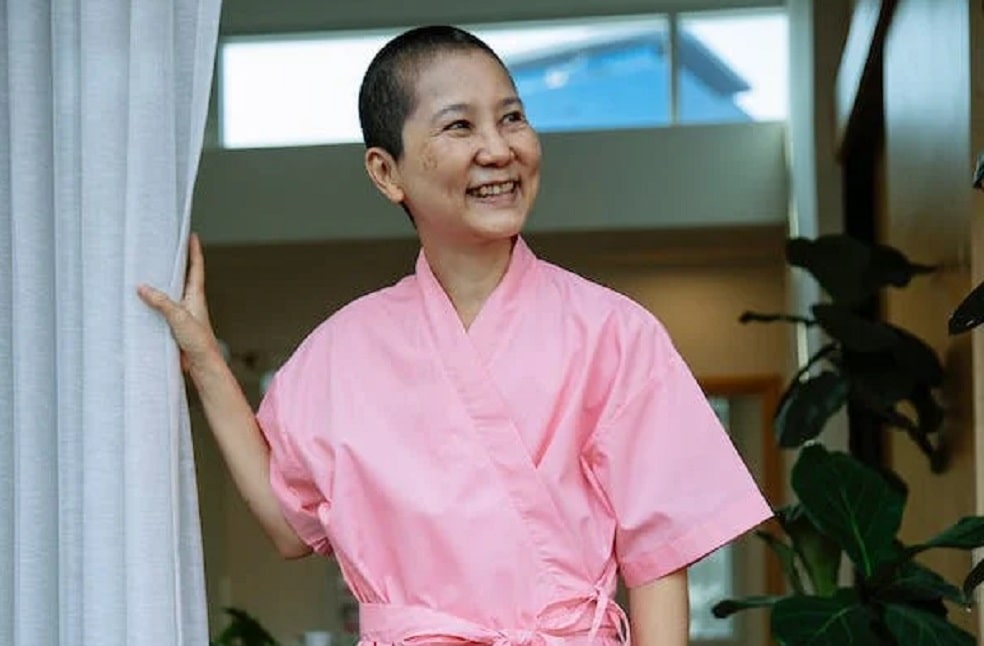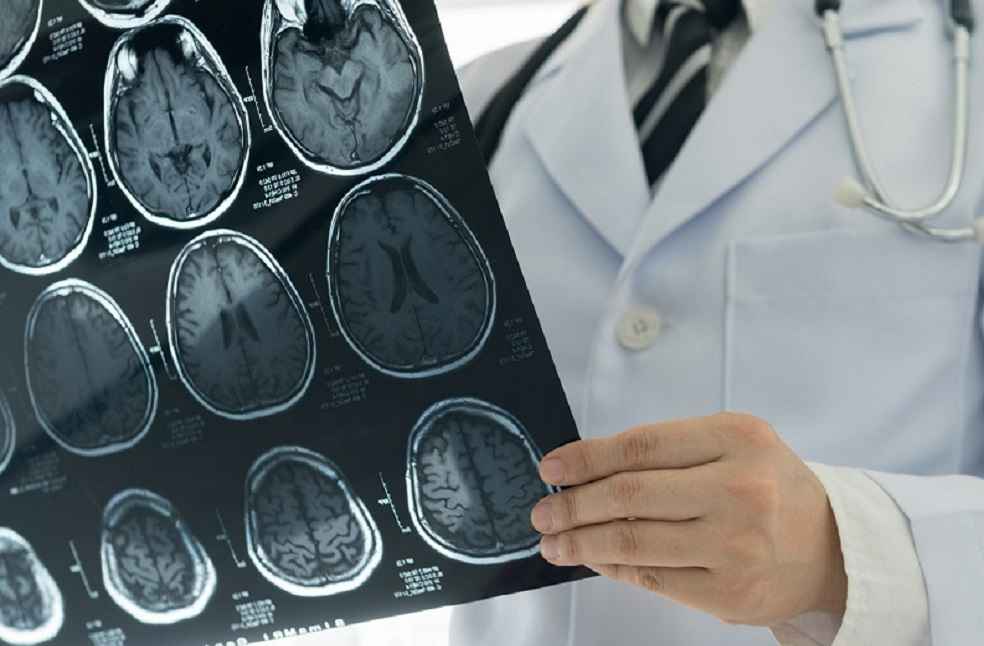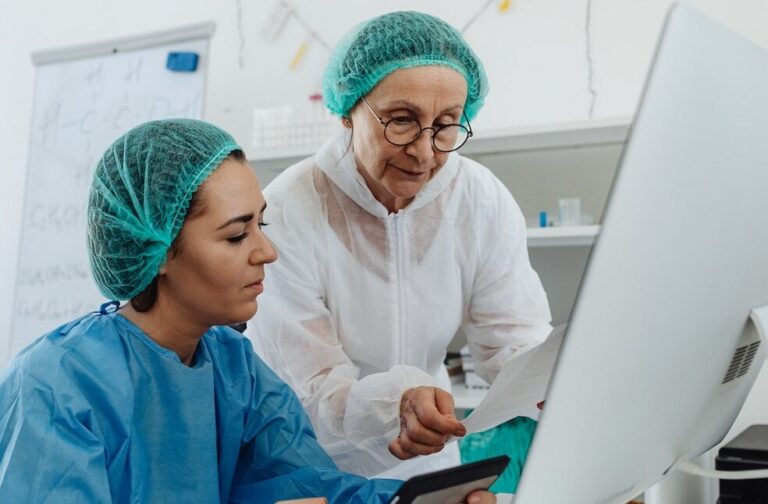United Kingdom: A new study has suggested that the use of artificial intelligence (AI) in breast cancer screening is safe and can almost halve the workload of radiologists.
According to the World Health Organisation, breast cancer is the most prevalent cancer globally, with more than 2.3 million women developing the disease every year.
Early detection of breast cancer through screening can enhance the chances of a better prognosis and lower mortality rates. The new findings indicate that AI screening is comparable to the accuracy of two radiologists working together without increasing false positives and significantly reducing the workload.
The interim safety analysis results of the first randomised controlled trial of its kind involving more than 80,000 women were published in the Lancet Oncology journal.

In the latest study, conducted in Sweden with an average age of 54 among the participants, AI-supported screening was directly compared to the standard care approach.
Half of the scans were assessed by two radiologists, while the other half were assessed by AI-supported screening followed by interpretation by one or two radiologists.
In total, 244 women (28 percent) recalled from AI-supported screening were found to have cancer, compared with 203 women (25 percent) recalled from standard screening. This resulted in 41 more cancers being detected with the support of AI, of which 19 were invasive and 22 were in situ cancers.
The use of AI did not generate more false positives, where a scan is incorrectly diagnosed as abnormal. The false-positive rate was 1.5 percent in both groups.
“There were 36,886 fewer screen readings by radiologists in the AI group compared with the group receiving standard care, resulting in a 44 percent reduction in the screen-reading workload of radiologists,” the authors noted.

The lead author, Dr. Kristina Lång, from Lund University in Sweden, commented that “these promising interim safety results should be used to inform new trials and programme-based evaluations to address the pronounced radiologist shortage in many countries, but they are not enough on their own to confirm that AI is ready to be implemented in mammography screening.”
“We still need to understand the implications for patients’ outcomes, especially whether combining radiologists’ expertise with AI can help detect interval cancers that are often missed by traditional screening, as well as the cost-effectiveness of the technology. The greatest potential of AI right now is that it could allow radiologists to be less burdened by the excessive amount of reading,” Dr. Lång remarked.



